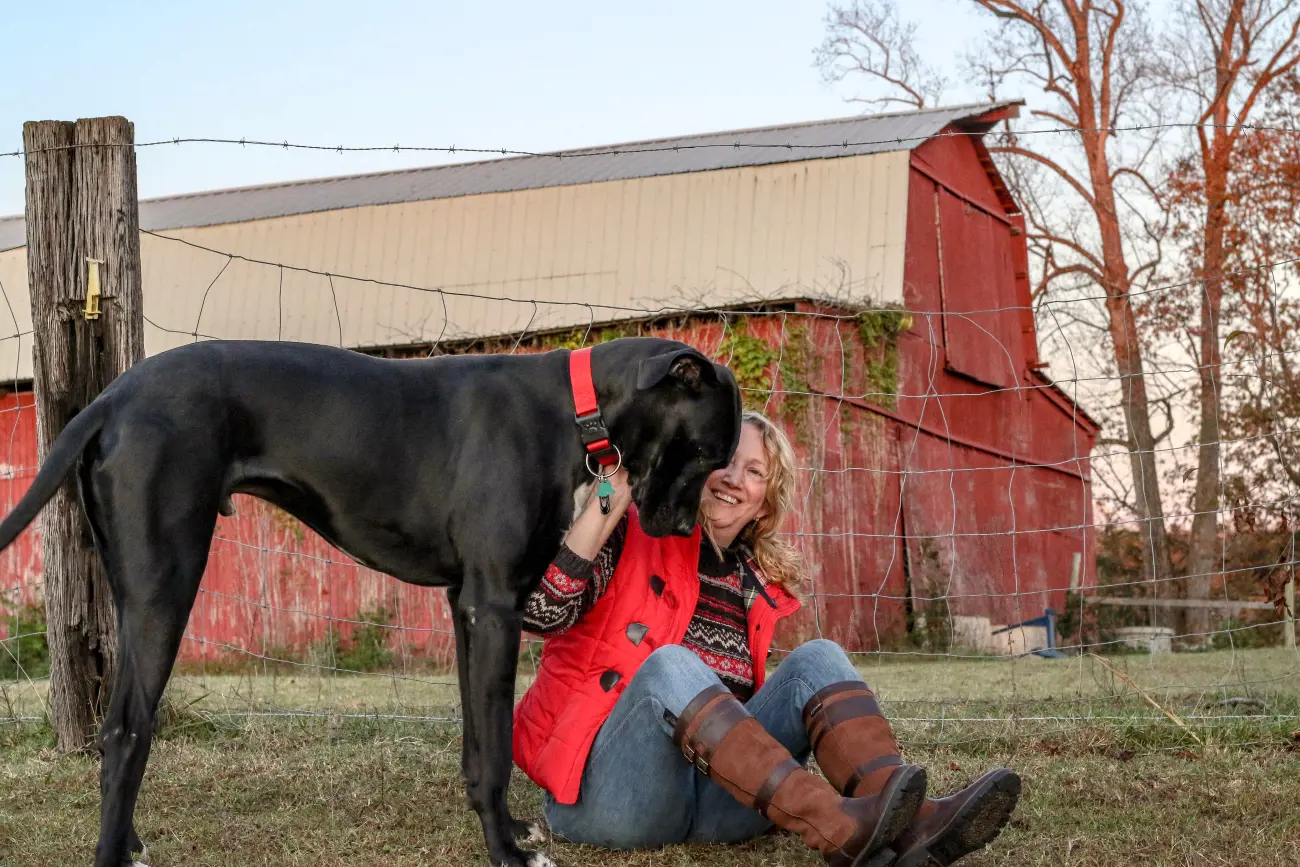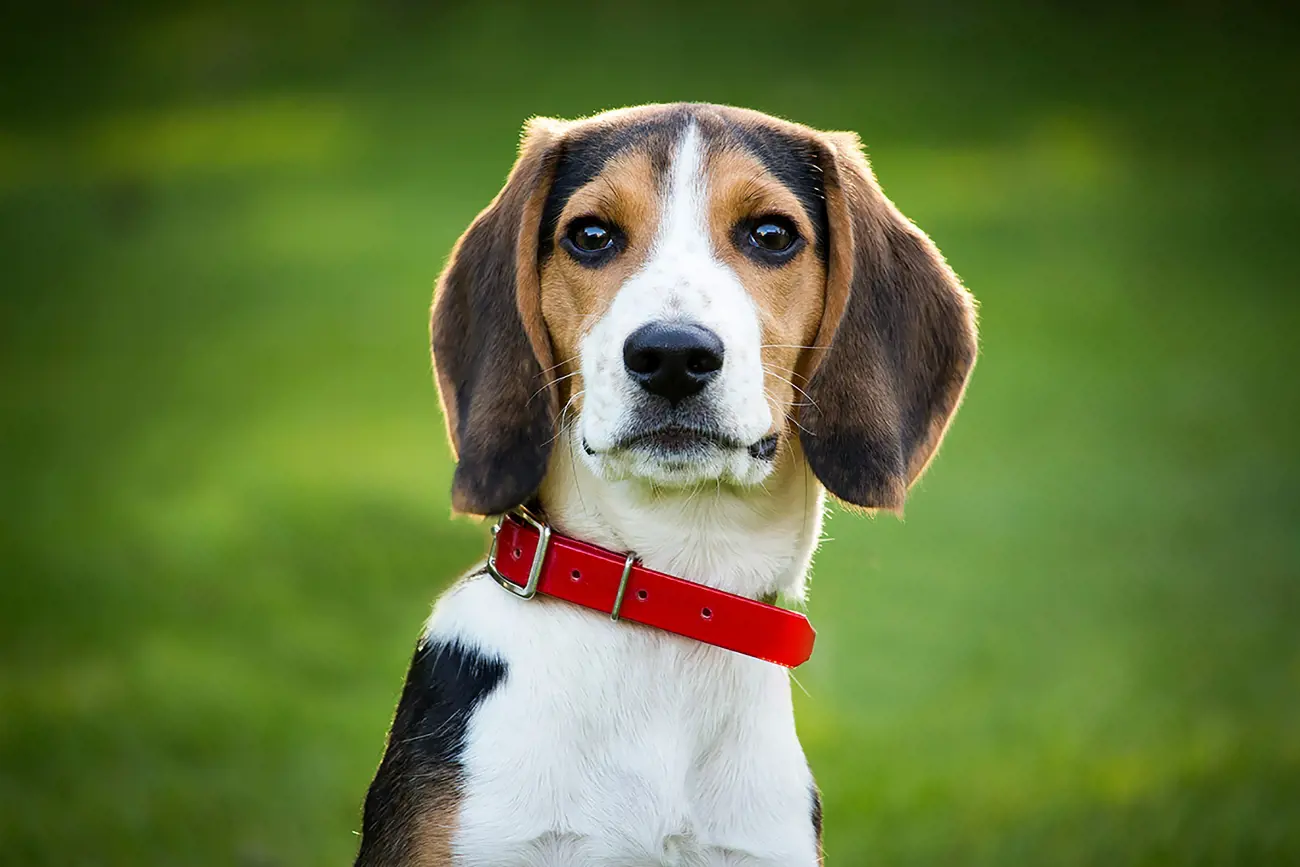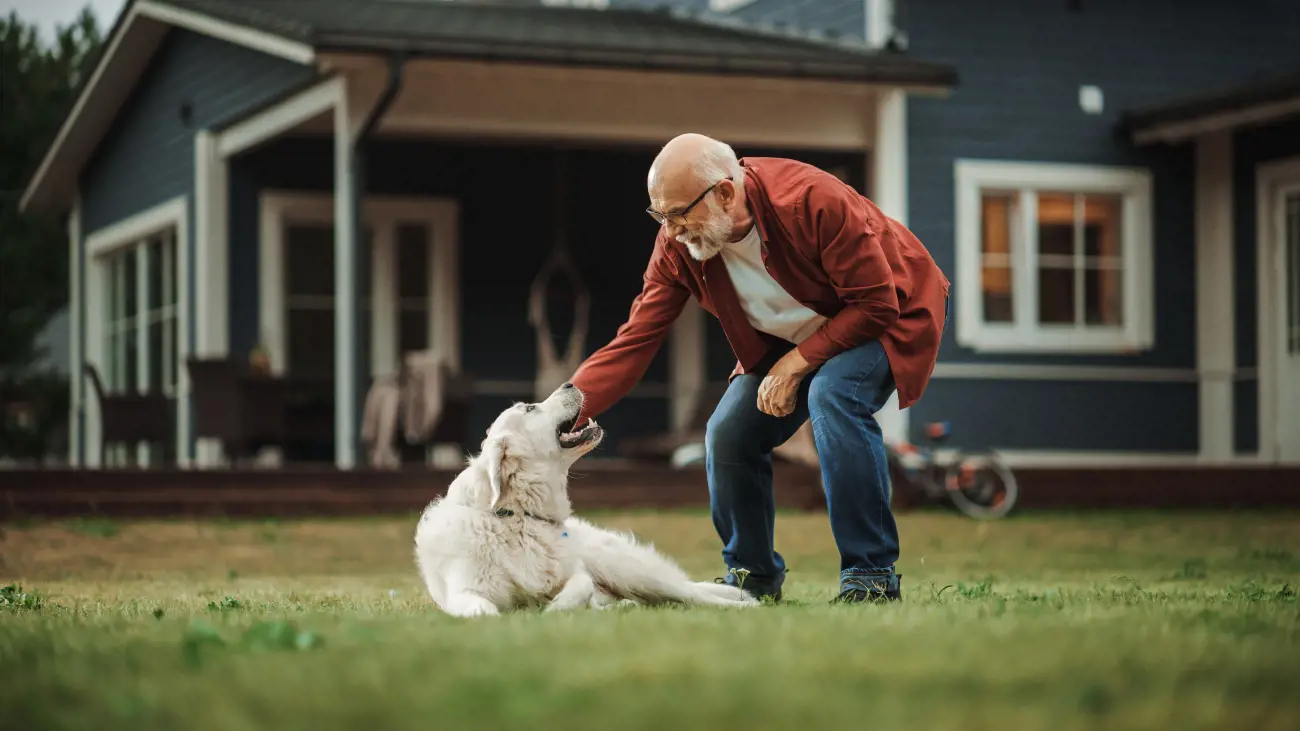Why did dogs become domesticated and when did this begin?
29th July, 2019

As our oldest animal companions, we’re still fascinated to find out how, why and when exactly dogs became our best friends. It’s hard to imagine how a Chihuahua or Yorkshire Terrier ended up curled at our feet when, at one point, they were mighty and fearsome predators.
With the sheer variety of dog breeds in existence today from the Great Dane to the fluffy Pomeranian, it’s easy to forget that dogs were, very likely, descendants from a couple of key species and that they were entirely independent of their human counterparts; able to hunt and roam freely on their own or in packs.
There are several theories as to how these ancestors eventually became domesticated which we’ll explore very shortly as we dive into the history of our furry canine pals.
Are all dogs descendants of the wolf?
There are a whole variety of wild canines – the fox, the coyote, the jackal, the dhole and so on –and the question surrounding canine evolution has perplexed many scientists.
One of Charles Darwin’s earliest theories was that dogs evolved from several wild canine species, which he discussed at length in The Origin of Species.
It turns out we can now trace back to exactly where domestic dogs descend from – Canis Lupus – otherwise known as the wolf.
A more recent theory tells us that they began to evolve specifically from the grey wolf, approximately 100,000 years ago.
It seems unlikely when we think about the sheer number of dog breeds that exist today – how can it be possible that a pug descends from the big, bad wolf?
It’s still difficult to pinpoint the bloodline of the dog because there has been so much genetic variation among our favourite mongrels.
They do, in fact, all belong to the same species. However, dogs are one of the few species that can produce such staggering variation but are close enough to interbreed.
In the past 500 years, dramatic changes have occurred across dog breeds as a result of artificial selection.
When it comes to breeding, man has selected the desired characteristics, ending up with over 330 dog breeds, many of which are pedigree and bred for certain traits. If you are considering breeding your pup, read our recent blog on how to safely do this.
We only need to compare the wolfish Alaskan Malamute, which is uncannily similar to its ancestors, and the long-bodied Daschund to see just how diverse the breeds can be.

So, when did the domestication of dogs begin?
Well, it started somewhere over 15,000 years ago, which really isn’t that long ago in terms of evolution.
Archaeological records show that the grey wolf began alongside human nomadic hunter packs but there is still a bone or two of contention surrounding the theory.
So how long have their been domesticated dogs? In terms of knowing exactly when dogs were in the picture, the ancient dog remains of the Bonn-Oberkassel dog were found buried alongside their human companions approximately 14,200 years ago. This was the first undisputed case of a domesticated dog.
With that in mind, a tame wolf is not the domesticated dog that we know and love today. There is still much contention over when exactly wolves evolved.
The study of fossils might have been able to tell us when wolves started to physically evolve into dogs, but it doesn’t tell us anything about when they began to act like them.
The study of both fossils and DNA together has brought us closer to a likely theory.
Thanks to DNA, we can see that dogs evolved from wolves somewhere between 19,000 and 32,000 years ago in Europe, but the genome of living dogs shows that the split took place in Asia around a thousand years earlier.
It’s probable that the split happened in both places, with dog domestication happening on both sides of the globe.
What scientists now believe is that Eastern dogs followed human settlers with their packs to the West, resulting in the doggy ancestors that we can trace today.
It’s particularly hard for scientists to decipher the genetic makeup of modern dogs, with most dogs now a hybrid from both the east and the west.
Some breeds, such as the Siberian Husky, have genes from Eurasian and Asian lineage and the modern breeding of dogs only continues to bring more hybrids into the picture.
Why did dogs become domesticated?
What is clear is that we cannot understand the domestication of dogs without understanding a bit about human evolution, too.
In fact, their histories are intertwined, unlike any other two species, and our relationship with dogs goes back a long time.
Considering humans were pretty much winning the “survival of the fittest” by hunting or killing any competition, it’s particularly intriguing that this dynamic existed.
What it probably tells us, is that we did not adopt dogs at all and that it’s far more likely that in fact, dogs adopted us.
So why did wolves evolve into dogs? There are a number of theories about what happened all those generations ago when humans and wolves embarked on an evolutionary journey together to become the best of friends:
1. Scavenging wolves became hunting companions
Canines have evolved to become one of the most effective predators around the world, and as expert hunters, one theory is that they would have shown us a thing or two about seeking food.
Scavenging wolves would have made excellent hunting companions for humans. Theorists believe they may have started out by following hunting parties to find carcasses and scraps.
Over time, this may have led to humans realising that wolves were useful for helping take down injured prey.
Eventual dog domestication is a possible outcome of this theory, and it certainly explains a lot about the role dogs now play as hunting partners.
Realising that we were probably the best bet to hunt for scraps, wolves got gradually closer to human settlements, and over time became accustomed to being around humans.
It makes sense – considering that worldwide a large percentage of dogs still live off our waste and leftovers with an occasional dig through the dustbin!

2. Pups were integrated into our social “pack”
It’s possible that humans – having figured out the benefits of canine companions for protection and hunting food – would have captured wolf pups to integrate them into their human social “packs”.
Domesticated wolves were probably also used for warmth among human packs, and were excellent sled-pullers, guards, herders and protectors.
Wolf pups are known for being dependent on their parents for a longer period and as intelligent creatures that enjoy socialising in a pack, they’re able to bond well with humans.
It was probably discovered very early on that dogs were not only useful but could also form an incredible emotional bond with their owners or leaders.
3. Adult wolves became physically accustomed to human habits
With wolves scavenging near human settlements, they would have become accustomed to both the presence of humans and to a human diet.
With the onset of domestication, modern dogs are better than wolves at digesting complex carbohydrates such as potatoes and corn.
This would have been particularly useful as humans evolved from nomadic hunters, and became more agricultural – as they would then be able to share their food with wolves.
These changes developed in the digestive system long after agricultural began, but it’s certainly an interesting theory as to why dogs became domesticated.
Where did dogs originate from?
The theory that dogs in fact split from their wolf ancestors is particularly fascinating - and scientists continue to debate over where exactly dogs began to evolve.
One theory, in particular, suggests that we have a few grey wolves in Asia to thank for that - but of course, the debate is still ongoing.
As experts continue to map the path of canine origin, they can all agree that dogs descend from ancient wolves – that much is true.
Modern genetic examination has in fact flagged up another theory that an even more ancient dogs might have a part to play.
Various splits in genetic evolution across history has led experts to believe that the Taymyr wolf and another number of extinct wolves were the original ancestors of the pet pooches that we have today.
The DNA of modern dogs today is, therefore, likely an origin of various splits in ancestral DNA, some of which are now extinct.

What were dogs like before domestication?
We need to venture back a good 60 million years to figure out the evolutionary timeline of our four-legged friends and to visualise what they were like before they became household companions.
1. In the Paleocene era
A good place to start is with the Miacis - which is a far cry from a wolf at this point in evolution.
This animal, native to North America, existed in the Paleocene epoch. Walking on the soles of its feet and with shorter legs than the dogs we know today, it had the distinctive carnivorous teeth that we recognise in dogs today.
2. In the Oligocene era
The following stage of evolution is believed to have taken place 35 million years ago, with the fox-like Leptocyon. This animal had evolved to walk on its toes, allowing it to run faster.
3. In the Miocene era
15 million years later, and we find the Mesocyon, and later the Miocene. This animal was more intelligent, with a larger brain than its predecessors, and looked more like a dog.
Some of the most basic doggy instincts were established millions of years ago – for instance, this creature could remember its family members, which was the beginning of developing a pack mentality in dogs.
4. In the Pleistocene era (The Ice Age)
Wolves then followed about 5-7 million years ago; they had developed many advantageous canine instincts such as walking on four hind toes to hunt down their prey, and a strong pack mentality.
5. In the Cenozoic era to the present
Around one million years ago, the final stage in canine evolution was wolves and jackals, which could be found in Eurasia. This marked the beginning of the early wolf and are the closest to what we know before dogs were domesticated.
Can dogs survive on their own?
The pooches and puppies that we know today are a country mile from their predatory wolf ancestors. Domestication has largely diminished any instinct or need to hunt, and so domestic dogs need their human companions more than we think.
Just imagine a world where dogs would have to return back to the wild and live without humans: no more trips to the vet thanks to dog insurance, no food and snacks delivered periodically without any effort, and no cuddles in the comfiest of spots. Would it be possible, we wonder?
Even cats could probably do well if they were released into the wild, as they have retained their drive to hunt and their independent nature.
The process of domesticating family dogs over thousands of years has made it tough to now ‘rewild’ our pet pooches.
While dog training methods are based on the behavioural patterns of wolves, dogs have moved on considerably from wolves, and have developed more human-like habits and diets than their ancestors.
Protect your dog with dog insurance
Living alongside dogs has created an evolutionary union between us and them unlike no other – so looking after them should be our number one priority.
The origin of our favourite family pets continues to be mired in scientific debate, but what we do know is that we have thousands of years to thank for the wonderful bond that we share with them.
What better way to take care of your favourite pooch than to take out dog insurance? Let us help you get a quote today so you can take lifelong care of your beloved friend.
Helpful Pages
Recent Posts

Why do Great Danes bury their heads?
12/03/25
Find out more about Beagles
28/02/25Pet Insurance Quote
- 98% claims paid *
- Claims paid directly to vets
- 24/7 vet video consultations
- Interest free monthly payments


